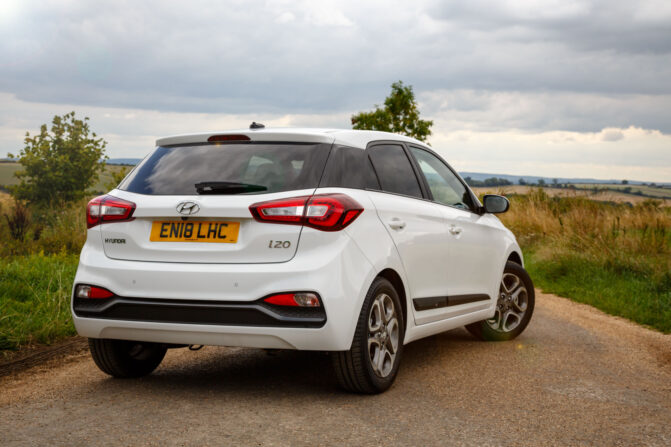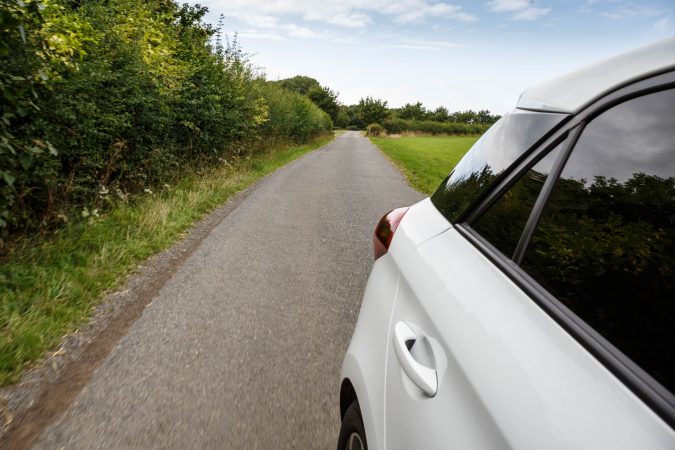As we anticipate the release of the DVSA’s latest figures for driving tests from April 2023 to March 2024, Regtransfers, a provider of personalised number plates, spoke with Sophie Stuchfield. With a background spanning 15 years in learner driver education and a notable presence as @TheOnlineDrivingInstructor on social media, Sophie shares her insights on the most frequent errors in UK driving tests over the previous decade.
Observation at Junctions
Sophie highlights the need for careful observation at junctions, the top fault identified in the past ten years of driving tests. She notes, “Lack of attention to road markings or signs could lead you to overlook an approaching junction.”
What are the potential consequences of missing junctions? Sophie explains, “In such cases, an examiner might need to verbally alert you or use the dual control brake to reduce speed or stop.” She further underlines the need for thorough checks when leaving a junction: “A single glance is insufficient; you must ensure the road is clear before proceeding.”
Mirror Use – Changing Direction
“Mirror-Signal-Manoeuvre” is a phrase all learner drivers become familiar with, and Sophie insists on the importance of checking mirrors before signalling, changing direction, or adjusting speed. The routine should be instinctive, but common errors during test conditions include delayed or absent use of external mirrors.
On this, Sophie reinforces “this mainly applies to your wing mirrors when lane changing and moving around hazards. Before you move right, check your right wing mirror. Before you move left, check your left wing mirror. It’s something which seems very simple and obvious, but it’s amazing how many people forget this.”
She attributes this common oversight to nerves, explaining that learners on tests are often overthinking, and worrying how they would be marked rather than dealing with a hazard naturally.
Right Turns at Junctions
For right turns at junctions, Sophie advises against cutting corners. She states, “Maintain correct positioning at all times, even if other road users are absent.”
Another key area learners fault on? “Avoid drifting into the opposite lane before making your turn. Stay in your lane until you reach the turning point.”
Steering Control
As an instructor of fifteen years, Sophie knows that steering issues – and in fact many issues around driving as a learner – often arise from tense nerves. .”When nervous, our bodies tend to tense up”, says Sophie. “Combine this with the fact most drivers incorrectly believe that we are not allowed to cross arms, and suddenly steering becomes stiff – which leads to understeering with an uncomfortable and ineffective shuffling of hands on the wheel.”
Sophie, among other instructors, encourages flexible steering techniques as long as they ensure control of the vehicle: “Crossing your arm can be necessary for quick steering actions.”
Responding to Traffic Signals
Sophie’s guidance for traffic lights focuses on alertness. She says, “While waiting at a red light, remain focussed to avoid missing the transition to green. This might seem like simple advice, but drivers – not just learners – can allow their thoughts to wander. Before you know it, the vehicle behind you is honking, the light has turned green, and you’re left feeling embarrassed! In a test situation, this can make your nerves worse.”
She also stresses the importance of anticipation: “You must not cross the stop line when the light is amber. When approaching traffic lights that have been green for an extended period, it is always best to anticipate that they might change”.
Move Off Safely
The UK driving test assesses a driver’s ability to move off from a stationary position – and learner drivers can expect to be asked to stop on the left at least four times during their test.
Sophie recommends a full visual check, ensuring it’s safe to proceed without forcing other vehicles to adjust their speed.
“Take your time to make sure you have the correct gear selected, the handbrake is down and you complete the six point check to ensure your surroundings are safe before moving.” She insists on the importance of not rushing and ensuring safety: “You must not cause any other cars to slow down. Wait until you have a safe gap!”
Standard Driving Position
For regular driving positioning, Sophie provides straightforward guidance: “Do not use the right hand lane unless you are overtaking or turning right. If you’re an international driver who is used to driving on the right, make sure you get enough practice driving on the left so it feels more natural and normal to you.”
Control while Moving Off
Stalls happen during tests, and they’re often the cause of much embarrassment in learner drivers. “If you stall while driving a manual, take a moment to catch your breath(!) before getting started again; stalling isn’t an automatic fail”.
Regarding control during the move-off phase, Sophie reiterates the impact of nerves and the need for a cool head. “As mentioned earlier, when moving off it’s important to take your time and make sure you have the correct gear selected.”
Adhering to Road Markings
During their driving test, learners are evaluated on their response to various road markings. This could be lane markings,stop and give way lines, box junctions, or traffic calming measures. Faults include driving in bus lanes, not stopping at stop markings, and stopping in “keep clear” zones.
“Always read the road”, comments Sophie. “This means keeping an eye out in advance for any arrows which will help you to select the correct lane for your direction at all times.” She also advises that if road markings (or signs) are poor, an examiner will direct test candidates.
“Remember, you can always ask for clarification if you need it, provided you ask in plenty of time.”
Control in Reverse Parking
For parking, drivers must select a fitting space, ensure the correct vehicle alignment, prepare for reversing, and monitor their surroundings.
“Take your time when parking”, comments Sophie. “You can make adjustments, dip door mirrors, open windows to see and even get out and check that your position is correct.”
Conclusion
Beyond these common faults, Sophie identifies two primary reasons for test failure: nerves and rushing into the test. She advises, “Stay relaxed and focused, just as you would on a regular drive. And don’t hurry to obtain your licence; ensure you and your instructor agree that you’re ready.”
As we await the arrival of the latest DVSA statistics, mastering key skills is essential for learner drivers. Success in a driving test requires preparation, practice, and a blend of vigilant observation, precise control, and adherence to traffic regulations.






